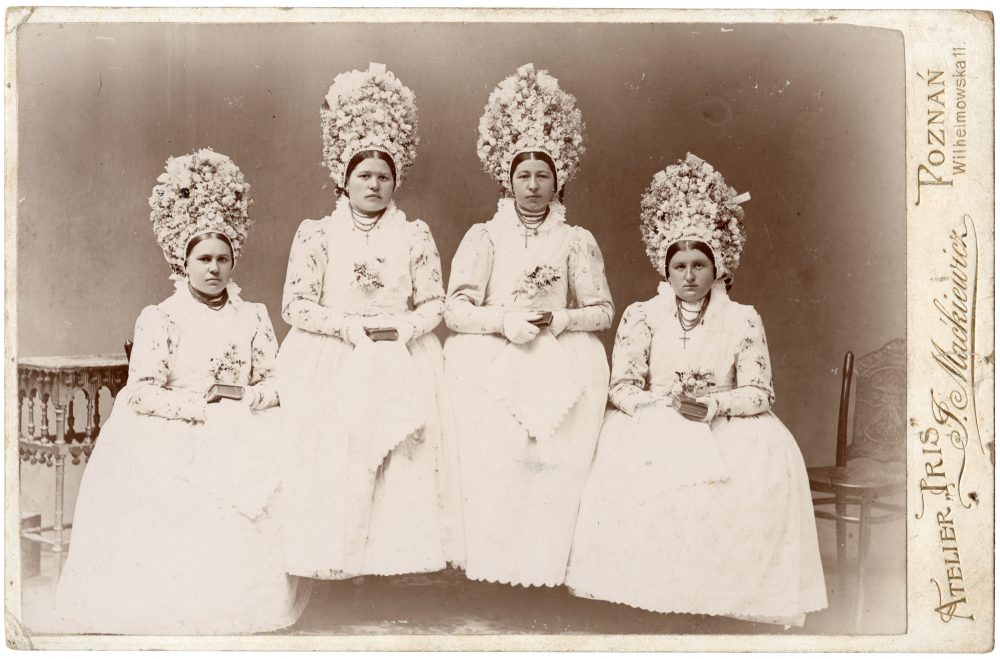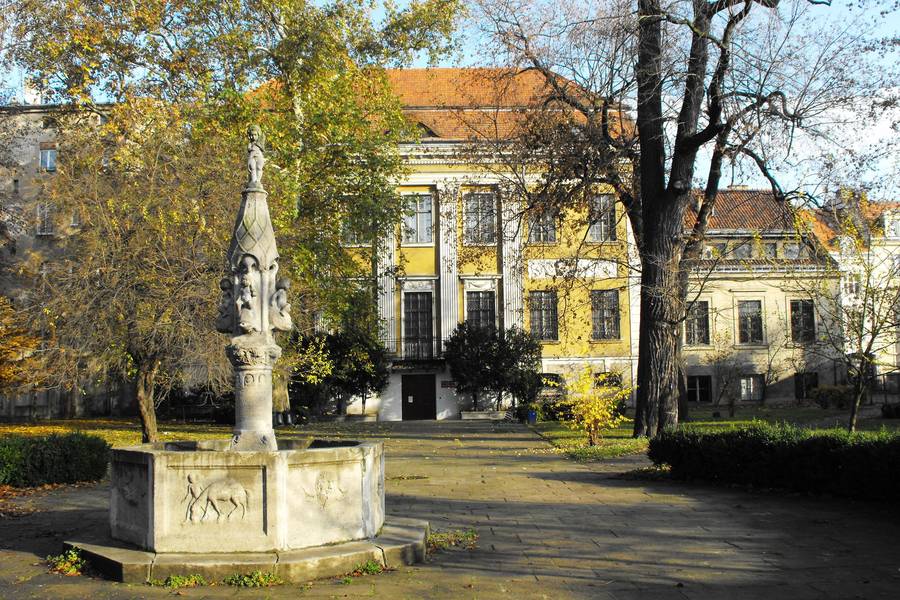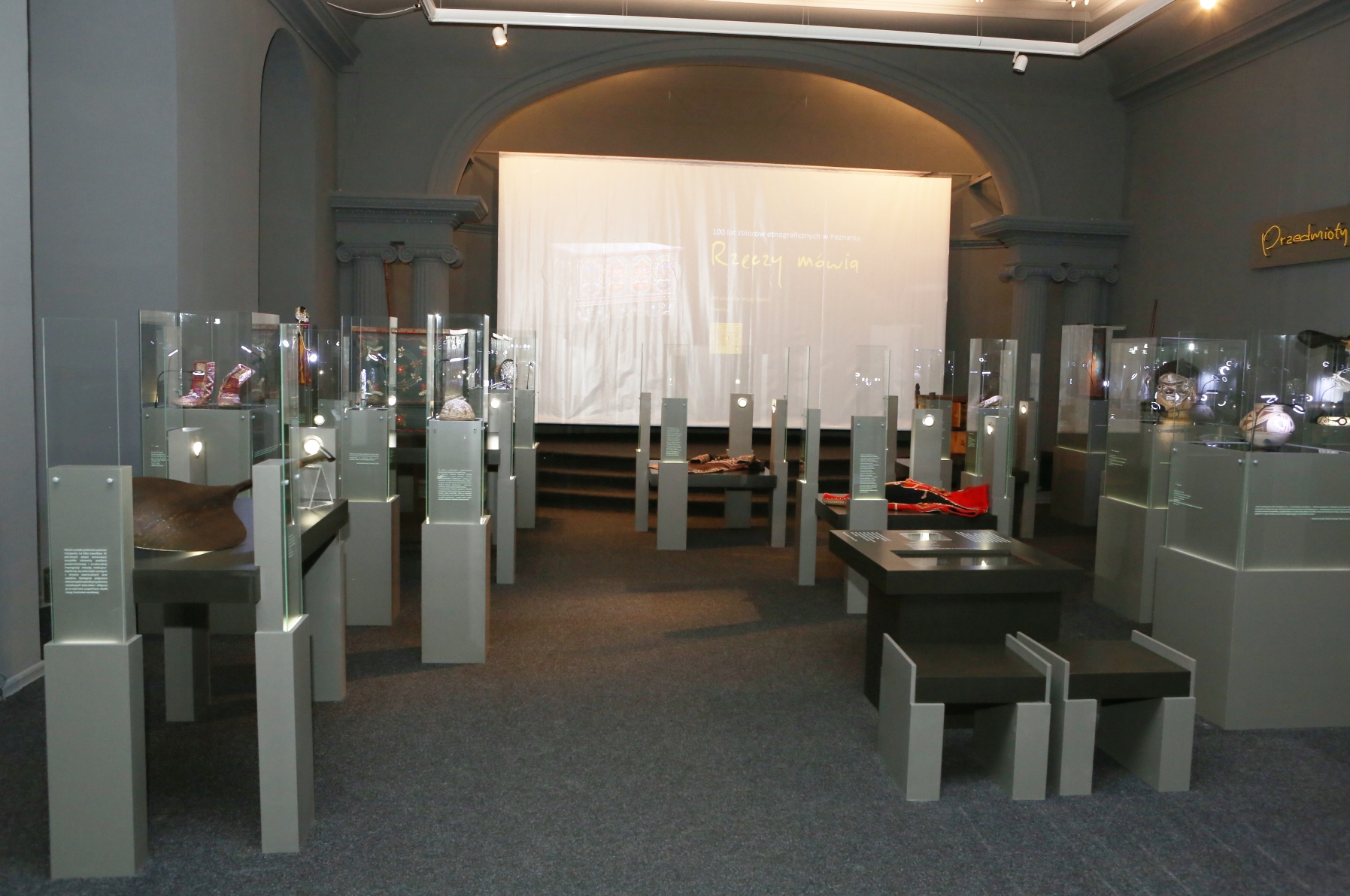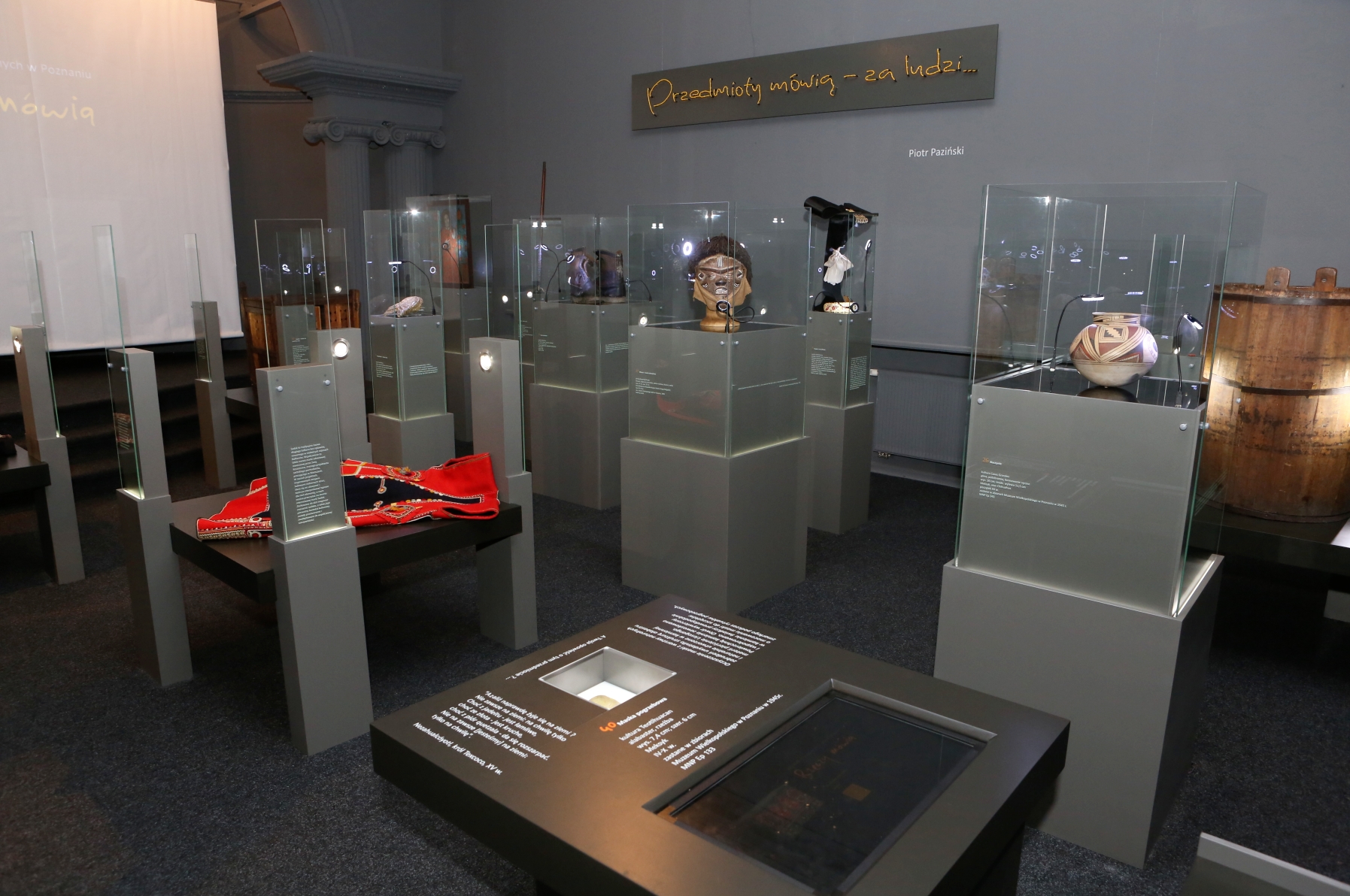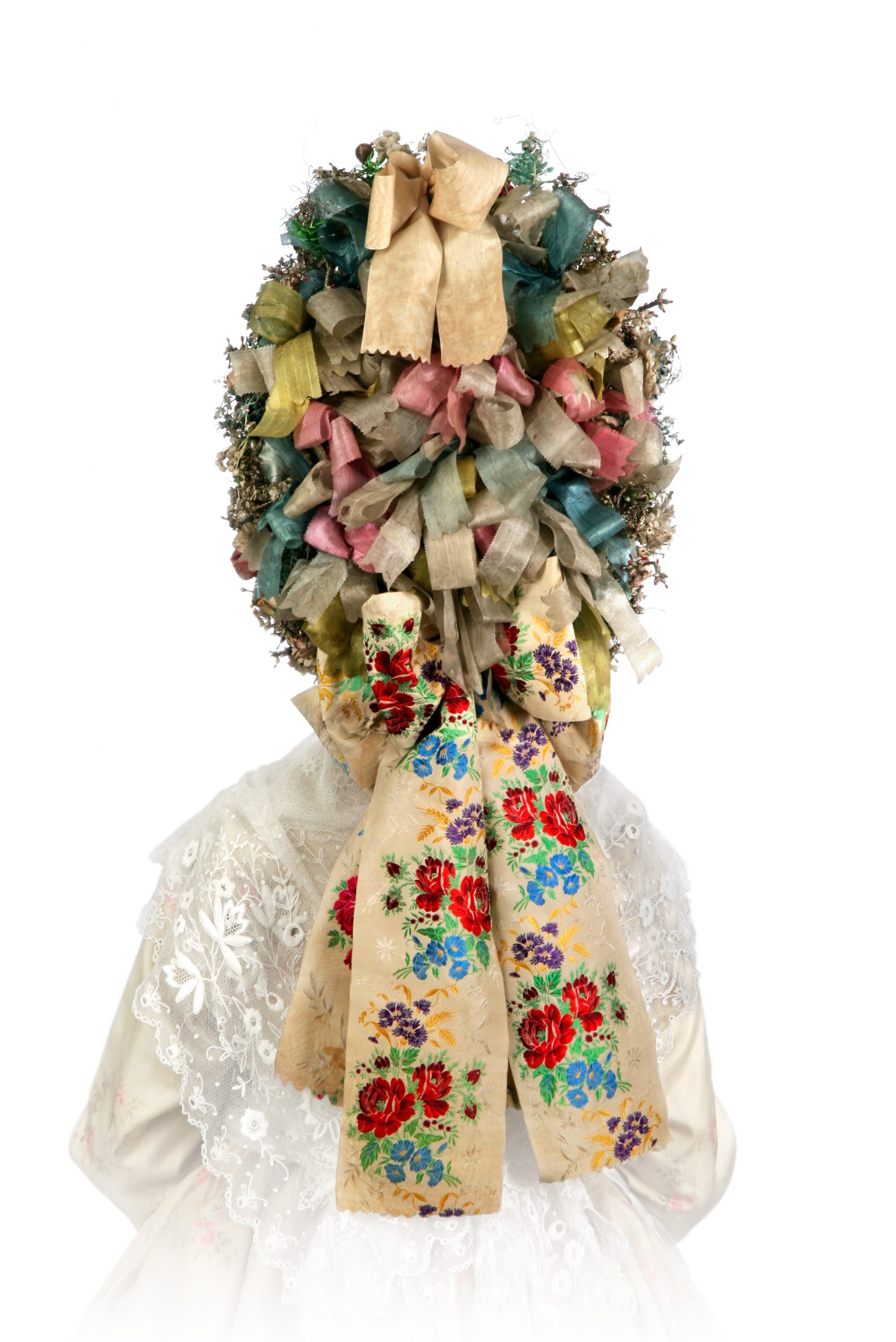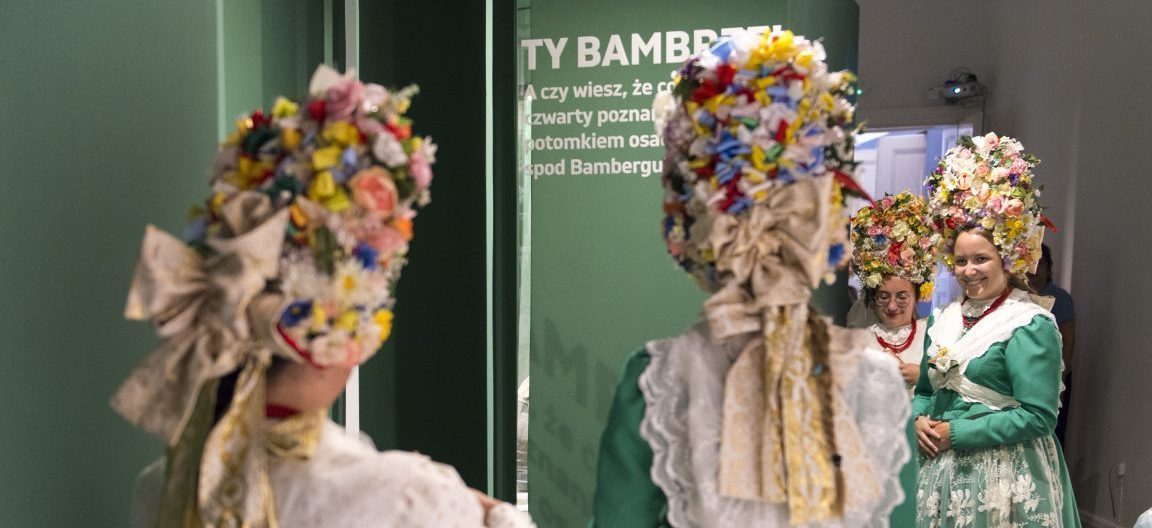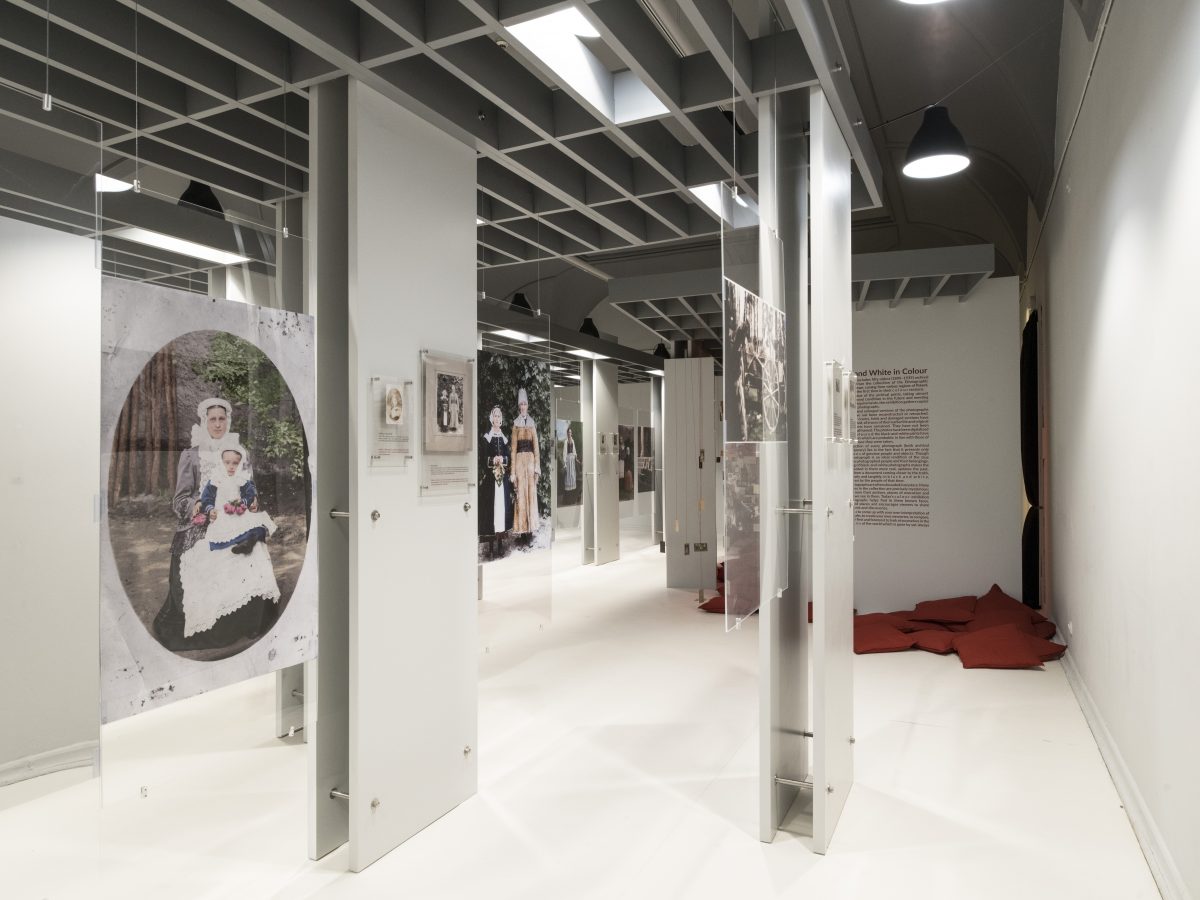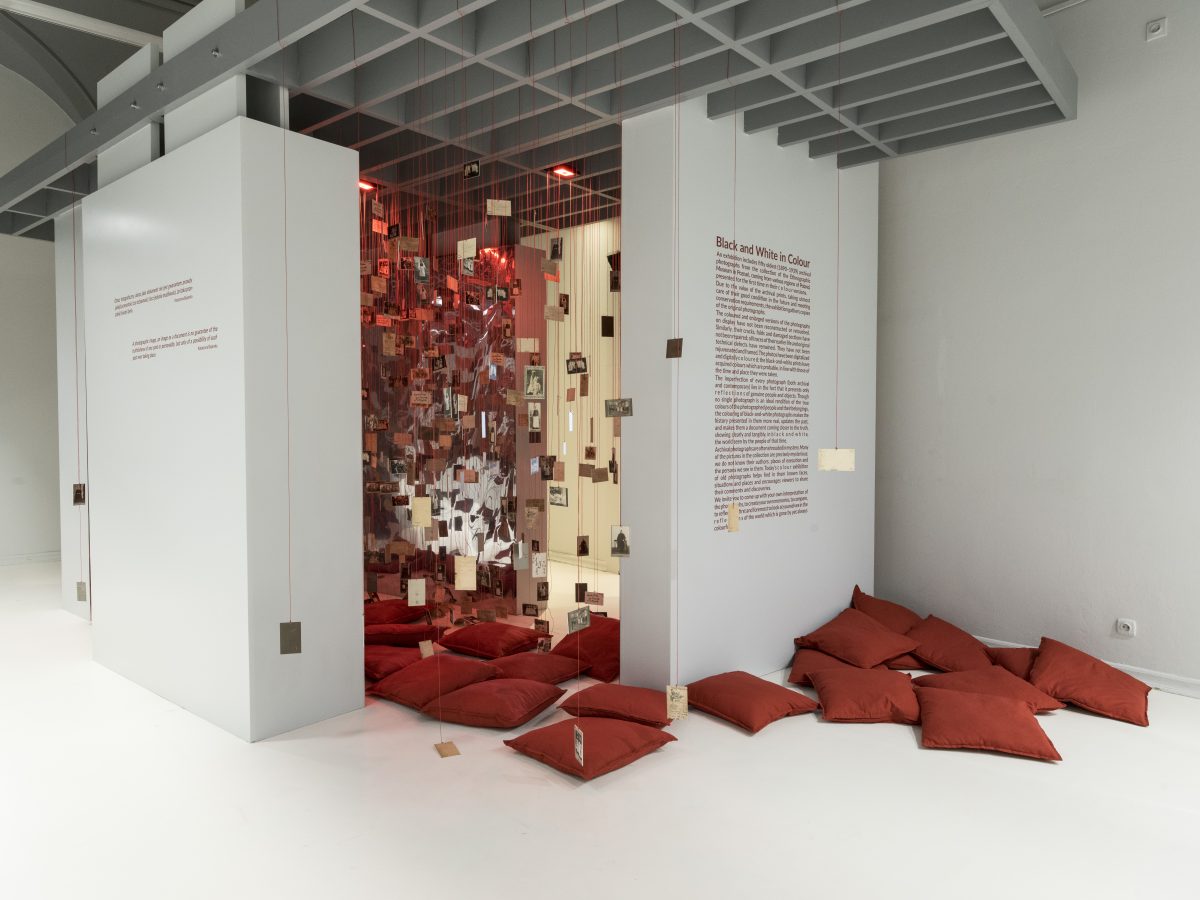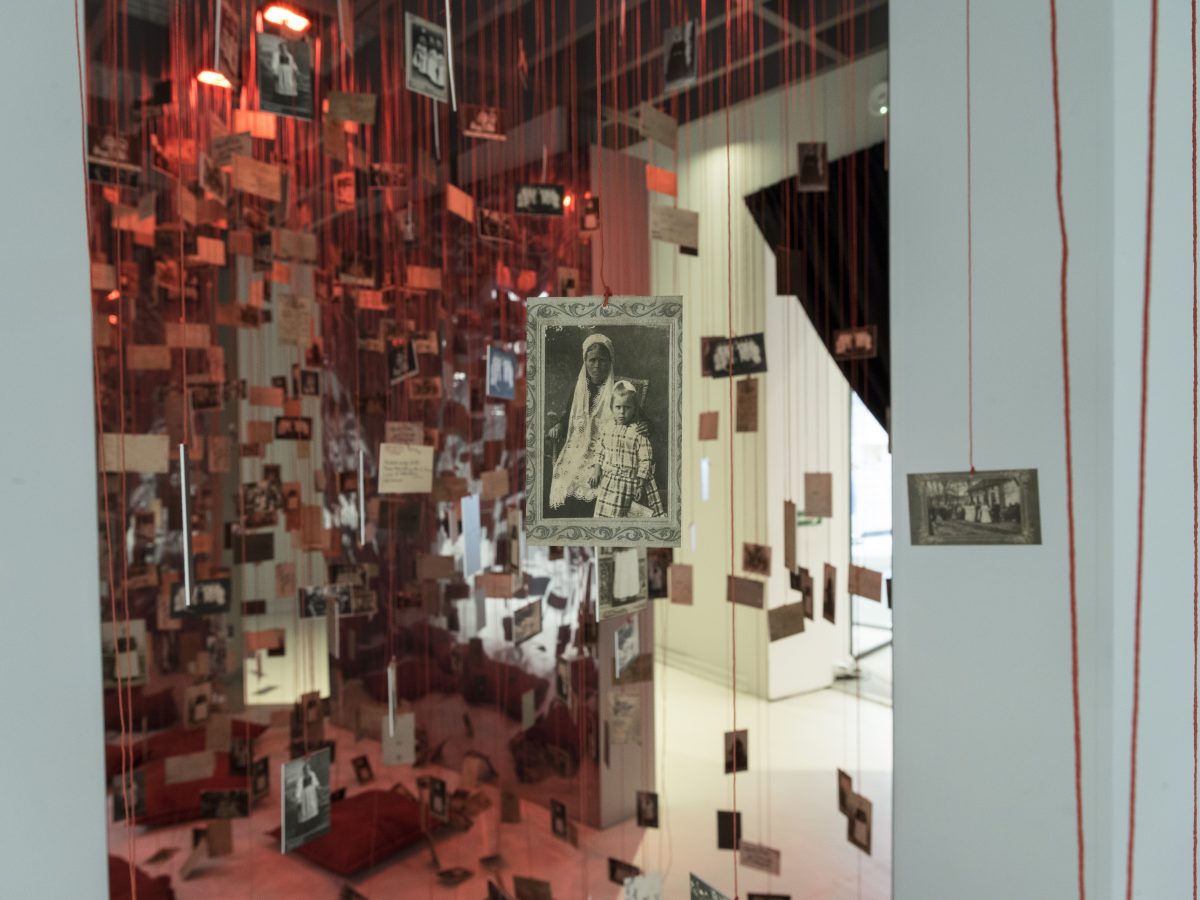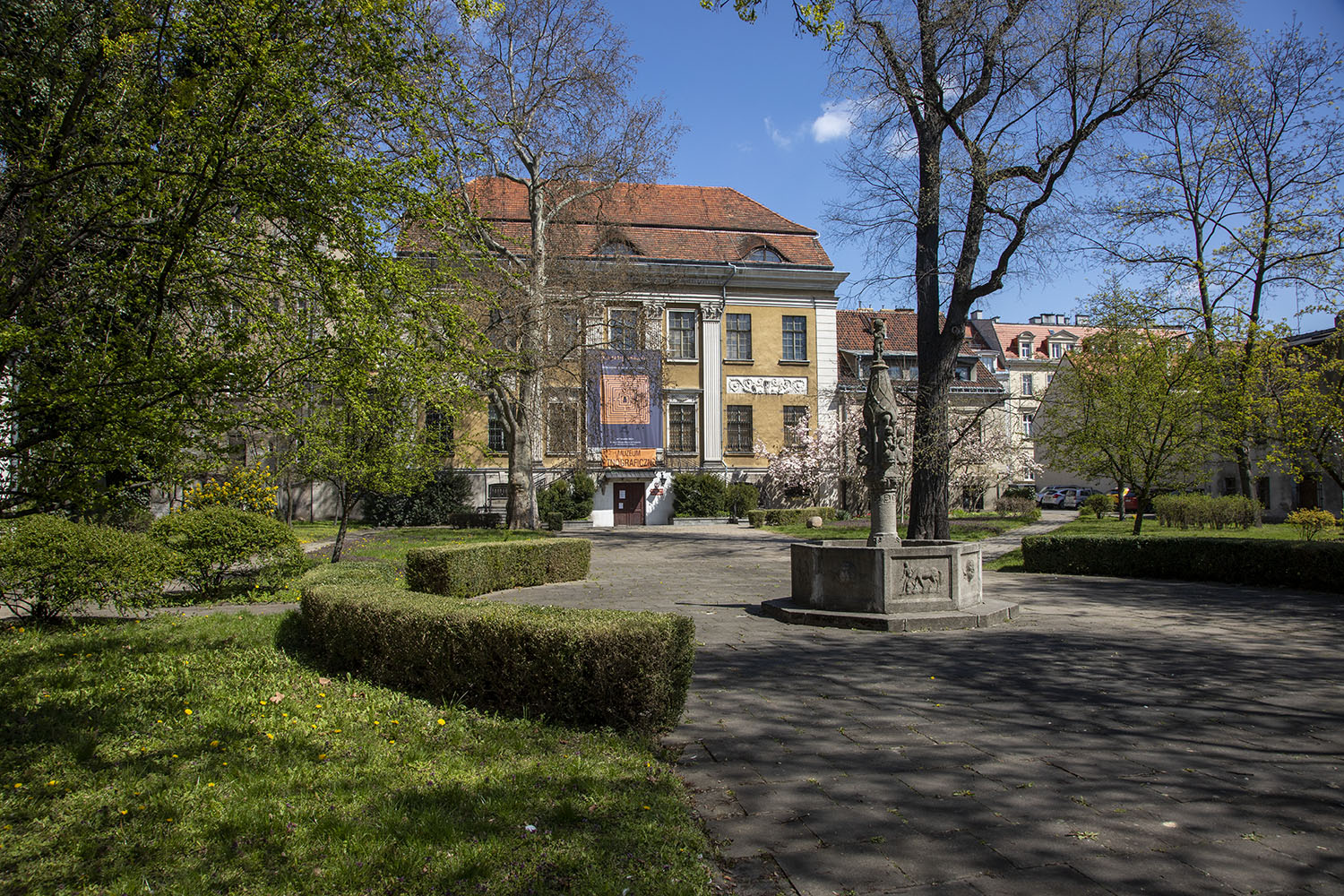The Ethnographic Museum is located near the Old Market in Poznan. It is a beautifully decorated building, built between 1817-1819. It was a Masonic Lodge and it is an example of late classical architecture. You can enter it through a park with old trees, a fountain, a resting place, but also with a space for concerts, shows, picnics and workshops. In the Ethnographic Museum, according to its name and activity profile, various objects from all over the world have been collected, which have both historical, cultural and aesthetic value. Already more than a hundred years ago in Poznan began to collect things related to the folk culture of the regions of Poland and other distant and exotic countries. The beginnings of the Ethnographic Museum are inextricably linked to the activities of the Ethnographic Society, founded in Poznan in 1910. Its president was then Helena Cichowicz, who, together with her daughter Wiesława, took up the collection and processing of ethnographic collections. Their commitment and passion led to the opening, on December 28, 1911, of the first ethnographic exhibition in the headquarters of the Society of Friends of Sciences in Poznan. In 1920, the ethnographic collections were transferred to the Museum of Greater Poland (now the National Museum in Poznań), within which the Ethnographic Department named after Helena and Wiesława Cichowicz was established, and again presented at an exhibition opened in May 1921. During the interwar period – thanks to the unceasing work of Helena, and after her death in 1929, also her daughter Wiesława – the collections gradually expanded. They were also enriched with exotic collections from Africa and New Guinea. During World War II, the ethnographic objects were almost completely destroyed and scattered. A few surviving, found after 1945, gave the beginning of the Department of Folk Culture and Art, established within the Museum of Greater Poland. The reconstructed collection began to grow after the decision to locate the ethnographic collections in the Rogalin Palace and open the first post-war exhibition in 1949. The systematic collection and processing of collections took place only after 1950, when Stanisław Błaszczyk was employed in the Department, thanks to whom the Ethnographic Museum owes its present collection shape. In 1962, the Department was renamed the Department, gaining a new headquarters in Poznań – in the building of the former Masonic lodge, in which it still operates. However, it had to undergo a major reconstruction in the form of a reconstruction, lasting until 1986. The name Ethnographic Museum Department of the National Museum in Poznań was given in 1974.
Today, the museum continues to collect collections and presents them in its own temporary exhibitions as well as in other museums in Poland and abroad. They bring closer both issues of Polish culture, the Greater Poland region, as well as distant, unknown and exotic territories. Each of the exhibitions touches the threads of otherness, diversity, and through the objects viewed in the museum, we learn about the customs, rituals, religions, behavior and worldviews of people living around the world. The Ethnographic Museum is therefore also a place of knowledge, discussion, reflection and exchange of different points of view. In addition to touring exhibitions (with a guide or individually), we invite you to museum lessons, workshops, competitions (the annual “Wielkopolski Cradle”), concerts, weekend thematic meetings, lectures and lectures. Through its activities, the museum strives to be a place of knowledge, discussion, reflection and exchange of different points of view.



